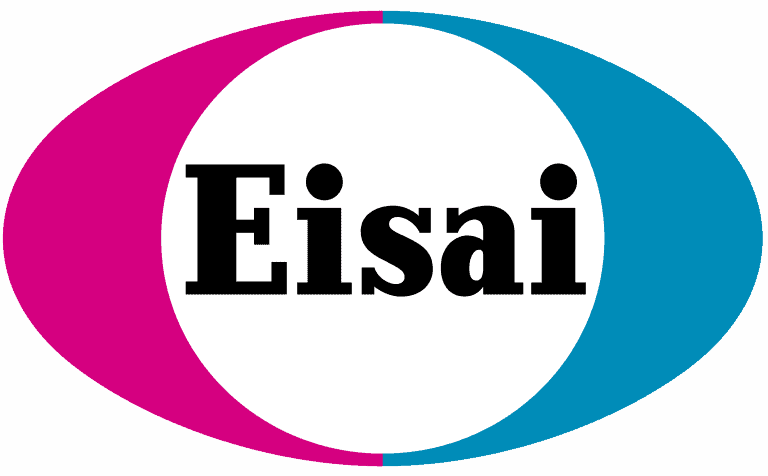(Richards et al. 2018) SCN1A is primarily expressed in inhibitory interneurons in the brain. These cells counteract the excitatory neurons, so mutations in SCN1A disrupt inhibition, leading to too much excitation and seizures. An ideal treatment would be one that encourages the inhibitory neurons to work more efficiently without simultaneously increasing excitatory neuron function.
Based on previous findings in cell models, the authors of this study investigated Hm1a, a protein found in spider venom, as a potential treatment for mice with Scn1a mutations. They found that Hm1a selectively and temporarily blocks the gating action of NaV1.1 (sodium ion channels made from Scn1a) in inhibitory neurons, thereby delaying inactivation, producing a prolonged current. Most importantly, Hm1a was able to do this without having the same effect in excitatory neurons, resulting in decreased frequency of seizures and mortality.
While this is extremely exciting news and offers a novel approach, it is not immediately translatable to humans for a few reasons. First, the mice were injected with Hm1a intracranially (directly into the skull) because Hm1a does not cross the blood-brain barrier. Treatment could require direct access to the brain, depending on CSF flow dynamics. Second, this therapy would need to be delivered on a routine basis, rather than a one-time injection, presenting difficulties in drug development. It is certainly possible, but not as easy or fast as developing an oral medication.





